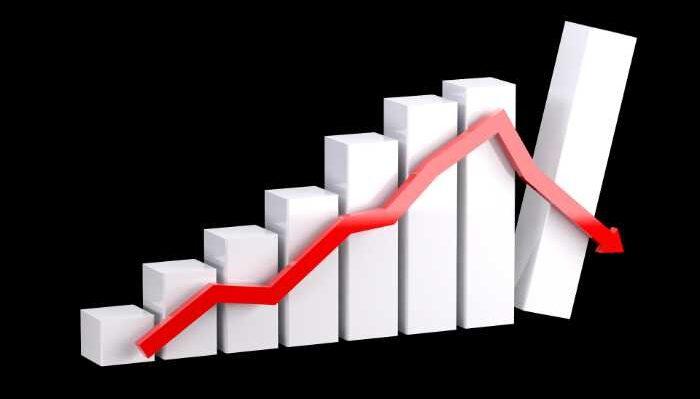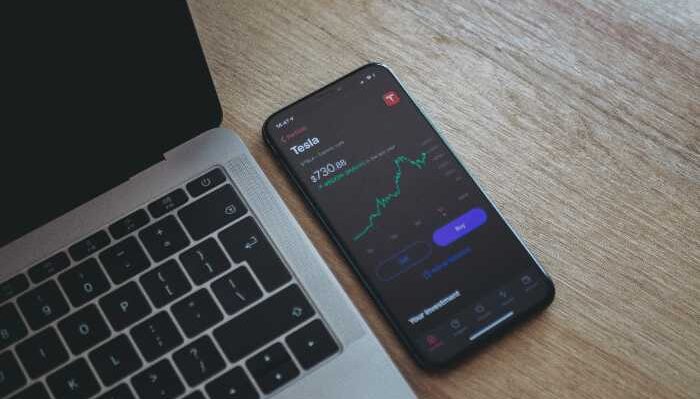
When deciding which investments to make, many people turn to volatility as a critical piece of information. After all, it’s widely known that some investments are riskier than others. But how are volatility and risk related to an investment?
The term “volatility” describes the degree of uncertainty associated with a financial instrument or a particular market at a given time. Investors often use the term riskiness of a specific investment. While volatility is an inevitable part of investing, it’s not something that can be easily predicted or measured. However, it’s still something that you should be aware of if you plan to make long-term investment objectives.
So, how are volatility and risk related to an investment? We got you. This article will explore the relationship between volatility and risk and provide some tips on managing them.
What Is Volatility?

What is volatility? Volatility measures how uncertainly investors are feeling about a particular investment. It’s typically expressed as a percentage that indicates how much the price of an asset is expected to fluctuate over a certain period.
The price of a specific investment is likely to fluctuate more when the investor community is uncertain about the prospects of that investment. When this happens, some investors may pay higher prices for that investment, hoping that the expected gain will be more significant when the market finally recovers.
What Is Risk?
Risk is the possibility that an investment will lose value. It’s not necessarily bad, as risk often leads to greater potential returns. However, achieving those returns requires that you adequately manage the risks.
How Do You Measure Volatility?
There are a few different ways to measure volatility. Most investors will look at historical data to see the average rate of return over a given time. However, there are also ways to measure expected volatility, which one can calculate by taking returns scheduled into account and standard deviation.
The Relationship Between Volatility and Risk
Investors often refer to the relationship between volatility and risk when discussing certain investments’ “risk-reward” profiles.
It makes sense that when volatility is high, investors expect the price of an asset to fluctuate more. But, conversely, one could argue that when volatility is low, the asset has low risk and is thus a poor investment.
Does Volatility matter?
Yes. Market volatility does matter, both for individual investors and for financial markets. When investors are more unsure about the future direction of an investment, they tend to be more cautious. This, in turn, leads to lower trading volumes and lower prices overall. As a result, even low-risk investments can have lower returns in volatile markets.
How To Manage Volatility And Risk

There are a few ways to manage risk and reduce volatility. When analyzing an investment, investors should consider both the expected return and the potential for loss.
One can forecast expected volatility using various tools, which rely on historical data to provide an accurate forecast. However, it’s important to remember that volatility is not a static number. Instead, it’s likely to change over time, which means that a forecasted number is just that: a forecast.
What Is The Relationship Between Volatility And Risk?
The relationship between volatility and risk is not one-to-one. For an investment to have low volatility does not mean that it has low risk. It just means that its volatility is low.
For example, if two investments have the same expected return, but one has a low 30% chance of happening, then that investment has low risk even though its return is not that great.
Best Investments For Reducing Risk And Increasing Volatility
While volatility is not something that you can easily predict or control, there are a few investments that will likely reduce your risk and increase your return.
Diversified Portfolios
A diversified portfolio includes a variety of asset classes, such as stocks, bonds, and cash. By spreading your investment across different asset classes, you are less likely to experience significant losses if one particular asset class experiences a downturn.
Index Funds
Index funds track a specific market index, such as the S&P 500 or the Dow Jones Industrial Average. As a result, they are a low-cost way to invest in a wide range of stocks, and they tend to be more stable than individual stocks.
Treasury Bills
Treasury bills are short-term debt securities issued by the U.S. government with one year or fewer maturities.
Stock Market

Stocks are some of the oldest and most common forms of investment. However, they are also some of the riskiest. For this reason, some financial experts recommend that people only invest in stocks if they have a long time horizon for financing and the funds to sustain significant losses.
The stock price is not suitable for short-term investing unless you are willing to take a greater risk of losing some or all of your investment. However, for long-term investing, stocks are a good choice. The key is to choose a well-established company with a proven track record.
Bonds
Bonds are duration investments. They provide some level of security by offering a promise to pay back a certain amount of principal at a set time. However, they also come with a degree of risk. If the borrower fails to repay the loan, the bond will be canceled — meaning it will lose its protective legal shield and be subject to the greater risk tolerance of default.
What Is The Difference Between Investment Risk And Volatility?
Risk and volatility are often used interchangeably when discussing investments, but they are not the same thing. Volatility measures how much an asset’s price fluctuates over time, while risk measures an investor’s chance of losing money on their investment.
Investors typically associate high levels of risk analysis with high levels of volatility, but this is not always the case. For example, one would consider an investment in a stable company with a history of consistently paying dividends less risky than a volatile penny stock investment. However, even stable companies can experience periods of increased volatility, such as during an economic recession, for higher investment returns.
While there is no foolproof way to avoid all risk sentiments when investing, there are strategies that investors can use to minimize their exposure to it. One such strategy is diversification, which involves investing in various assets to mitigate the effects of any one investment’s performance.
Conclusion
In short, volatility is the degree of uncertainty associated with a financial instrument or a specific market at a given time. While volatility is an inevitable part of investing, it’s not something that one can easily predict or measure. However, it’s still something that you should be aware of if you plan to make long-term investments.



